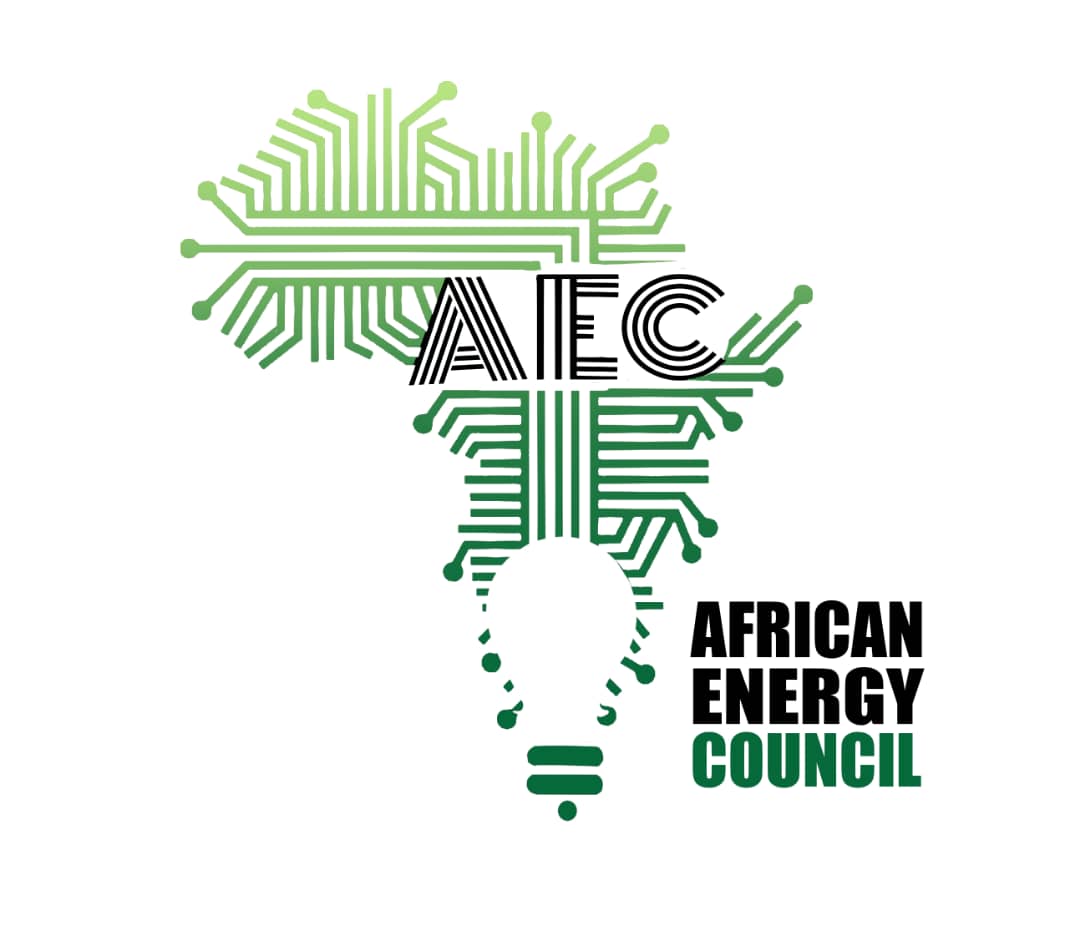The African Energy Outlook 2022 report estimates that between 2021 and 2030 over 40% of total capacity additions will come from solar PV. Installed total power generation capacity will almost double on the continent by 2030, rising from 260GW at the beginning of the decade to 510GW by the end, of which 125GW will be solely from solar PV.
Its inevitable that solar PV will overtake hydropower as the first source of renewables in terms of total installed capacity and will have almost closed the gap with natural gas by 2030, according to the Outlook. Renewables (solar and wind) are already cheaper than gas and coal plants in most of Africa and this trend will continue throughout the decade with prices lowering even more, while gas will increase. By the end of the decade, solar PV and wind will be providing 27% of power generation, eight-times more it currently does.
Another key aspect Africa will have to face will be the improvement of its grid, with annual investments of US$40 billion for the period between 2026-2030 playing a “critical” role to improve system reliability. The continent has currently 600 million citizens without access to electricity, representing 43% of the total population and with most of them coming from the Sub-Saharan region.
Gaining access to electricity will primarily come from the national grid for 42% of the people by 2030, the IEA said, while stand-alone and mini grids, mostly powered by solar PV, will have a significant role for rural areas without proximity to the grid.
The region will also have one of the fastest growths in terms of solar PV penetration, passing from non-existent levels in 2020 to 20% by 2030, the IEA predicted.

